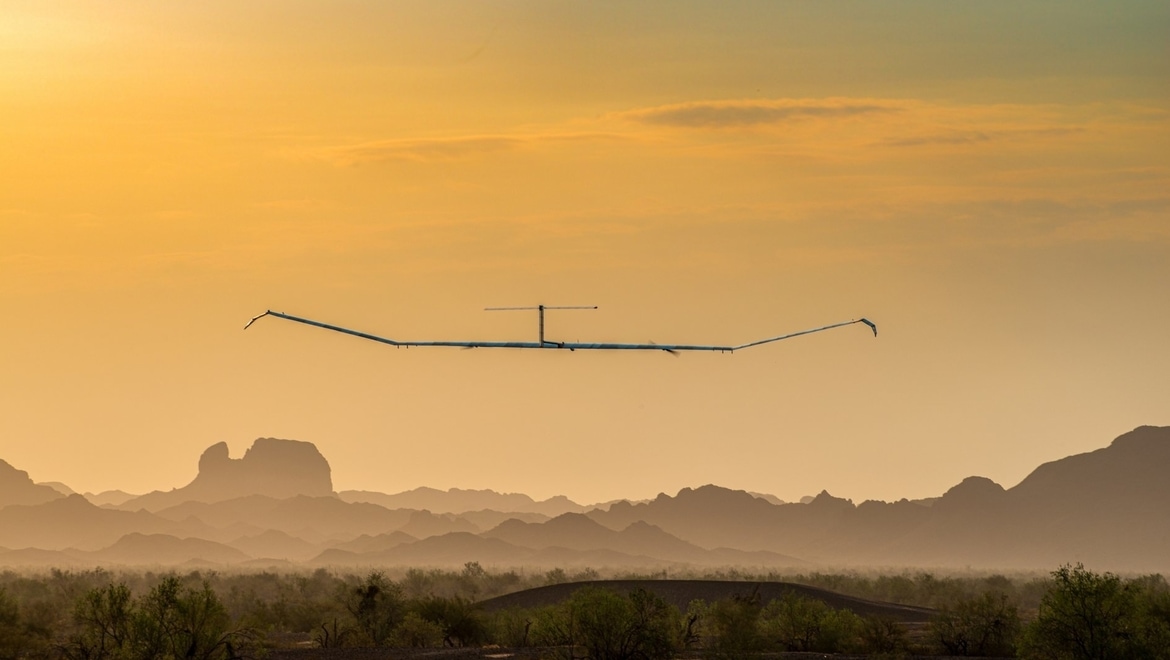
Airbus’ Zephyr drone has crashed somewhere in the Arizona desert after 64 days of continuous flight, just hours before breaking the record for longest recorded flight.
The Airbus ground control team managing the Zephyr flight lost contact with the drone on 19 August while it was flying far above Arizona in the stratosphere.
Despite the loss of the aircraft, the Airbus team and their companions in the U.S Army were able to recover the data gathered by the aircraft during its flight.
Before the latest flight, the Zephyr had embarked on several multi-week missions to gather data on stratospheric flight conditions.
The cause behind Zephyr’s failure has not yet been released. Airbus Defense released a statement on the loss of the aircraft.
“Following 64 days of stratospheric flight and the completion of numerous mission objectives, Zephyr experienced circumstances that ended its current flight. No personal injury occurred. Our teams are currently analysing more than 1500 hours of stratospheric mission data.”
“The valuable experience from this prototype’s ultra-long endurance flight has proved to be a positive step toward the Army’s high-altitude platform goals,” said the company.
The Zephyr had spent the majority of its 64 days of flight time cruising at altitudes between 60,000 and 70,000 feet.
On the day of its loss, the aircraft was recorded at an altitude of just 45,000-50,000 feet. Data shows that the aircraft experienced difficulty after completing an aerial manoeuvre and began to descend rapidly at a rate of about 4,500 feet per minute.
Zephyr’s ability to stay in flight for such long periods of time is due to its solar-powered design. Flying at such high altitudes allows the drone to avoid most weather and soak up interrupted radiation from the sun.
The amount of power the Zephyr can accumulate and store throughout the day is enough to power its propellors throughout the long sunless nights.
The extremely low weight of the aircraft also contributes to its ability to maintain powered flight, with the entire aircraft only weighing 75kg despite being nearly 25 metres long.
Despite its abrupt end, the work is not over for the Airbus team. Now comes the painstaking job of combing through thousands of hours’ worth of data and figuring out what went wrong and what can be done next time to prevent a similar occurrence.












